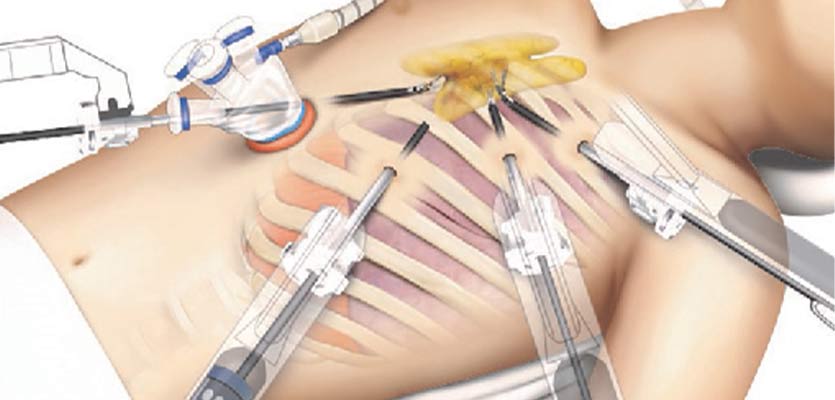

MBBS (AIIMS), MS (Surgery, AIIMS), MNAMS, FACS (USA), FICS (USA), FUICC
Fri, 15 Dec 2023

There is no cure for myasthenia gravis. However, most therapies (treatments) are very effective in controlling symptoms. In fact, the majority of Myasthenia Gravis patients who undergo treatment become completely free of symptoms and can lead normal (or near-normal) lives.
Cholinesterase inhibitors - such as pyridostigmine (Mestinon) block the action of the chemical that normally makes the muscle relax after it has contracted - they improve communication between nerves and muscles. This medication is very effective for patients with mild Myasthenia Gravis symptoms; helping the affected muscles contract properly and maintain good strength. Some side effects may include nausea and/or stomach cramps.
Steroids or Immunosuppressants - prednisolone (a steroid drug) or azathioprine (an immunosuppressant drug) may alter the bodys immune system and lower the production of antibodies that cause Myasthenia Gravis. It usually takes about four weeks for the effects of steroids to appear, while azathioprine may take from three to six months.
These medications are usually very effective; either significantly reducing symptoms or getting rid of them altogether.
Removal of the thymus gland (Thymectomy) - Surgically removing the thymus gland improves symptoms for over 70% of Myasthenia Gravis patients, and eliminates symptoms completely for 30%.
Improvements appear gradually over a period of 12 months; however in some cases it may take longer time. About 15% of Myasthenia Gravis patients have a tumor in their thymus gland which requires the gland to be surgically removed. It is unclear whether the risks of removing the thymus gland outweigh the benefits for Myasthenia Gravis patients who dont have a tumor. If the patients symptoms are mild, only involve the eyes, or if he/she is over 60 years of age most doctors will not recommend surgery. - Read More
Plasmapheresis and Immunoglobulin therapy - This therapy, which is given in the hospital, is used for patients with severe symptoms; specifically patients with life-threatening breathing or swallowing problems. Plasmapheresis - the procedure depletes the body of blood plasma without depleting the body of its blood cells. Blood is removed from the body, the plasma is separated from the cells, the cells are then suspended in saline (or a plasma substitute or donor plasma), and the reconstituted solution is returned to the patient. Put simply - the blood is taken out of the patient, the abnormal antibodies that cause Myasthenia Gravis are removed, and the blood is placed back into the patient.
Intravenous immunoglobulin therapy - normal antibodies that alter the way the immune system acts are injected into the patient.
Although extremely effective with rapid results, the benefits last no longer than a few weeks. This treatment is a short-term one, used only if the patient is extremely ill.
More About Myasthenia Gravis
Copyright @ (Prof.) Dr. Arvind Kumar. All Rights Reserved / Thoracic Surgical Oncologis
License Number: U.P State Medical Council (India) No. 27637
